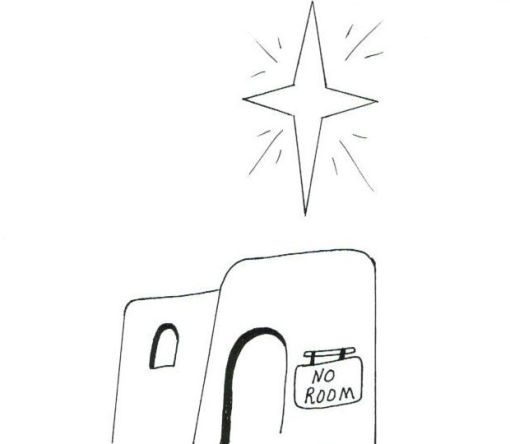“I hope it snows this Christmas.”
“This gift was just what I was hoping for.”
“When the baby comes, I hope it’s a boy.”
There is something amiss in all of these statements, even though they are the kinds of things that we might say or typically hear in a giving situation. “What,” you may ask, “is wrong with them?” Thanks for asking (I was going to tell you anyway).
The problem is the use of the word “hope.” In our society, we have re-defined this word to express a wish or a desire. Something that we are willing to happen, if it could. I am not opposed to dreaming and wishing, but I think that it is time that we reclaimed this word “hope” for what it really means.
Hope is not an ethereal desire for something good but a concrete expectation for that which is. The reason that we have so much difficulty with hopes is that we equate them with dreams. This is probably related to the abstractness of this concrete.
Dreams and wishes are good because they are the things that may be which give us the drive to do what is necessary to make them come true. Hope, on the other hand, is the assurance of what already is/will be. It is the assurance of what we do not know, although we know it will be. Hope is the rock upon which faith can stand. This is why the writer of Hebrews can say with all confidence:
17[W]hen God desired to show more convincingly to the heirs of the promise the unchangeable character of his purpose, he guaranteed it with an oath, 18so that by two unchangeable things, in which it is impossible for God to lie, we who have fled for refuge might have strong encouragement to hold fast to the hope set before us. 19We have this as a sure and steadfast anchor of the soul, a hope that enters into the inner place behind the curtain, 20where Jesus has gone as a forerunner on our behalf, having become a high priest forever after the order of Melchizedek. (Hebrews 6, ESV)
So, this year as you contemplate the coming of the Christ Child, and you consider that He is the Hope for the world, understand that the Hope that He is is one that cannot be denied. His miraculous birth, sinless life, substitutionary death, and glorious resurrection are all part of the Hope that will be complete in His Second Coming. And that is the gift of Hope that makes His Advent Yours.

